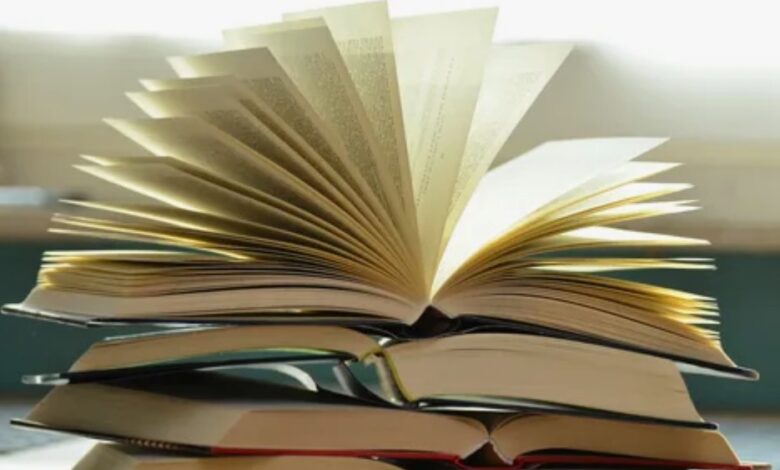Exploring the Intrigue of Books with Love Triangles

Love triangles have long been a compelling plot device in literature, captivating readers with their complexity and emotional depth. These narratives often present characters in a tangled web of romantic choices, driving the story with suspense, drama, and heartache. If you’re drawn to the tension and passion of such tales, here’s a closer look at why books with love triangles continue to enchant us.
The Allure of Complex Relationships
One of the main attractions of books with love triangles is the intricate dynamics between the characters. Unlike straightforward romances, love triangles offer a deeper exploration of human emotions and relationships. They delve into themes of loyalty, betrayal, and the struggle between heart and mind. Readers find themselves rooting for different outcomes, reflecting on their own experiences and the nature of love itself.
Creating Emotional Engagement
Books with love triangles are masters at eliciting strong emotional responses from readers. The push and pull between characters keep readers on the edge of their seats, eagerly turning pages to discover who will end up together. The emotional stakes are high, making every decision and interaction significant. This intense engagement is a hallmark of great storytelling, making love triangles a popular choice among authors and readers alike.
Character Development and Growth
In books with love triangles, characters are often forced to confront their deepest desires, fears, and flaws. This leads to significant character development and growth throughout the story. Readers witness transformations as characters navigate their conflicting emotions and make difficult choices. This journey of self-discovery is not only relatable but also adds depth to the narrative, making it more than just a simple love story.
Classic Examples of Love Triangles in Literature
Several iconic books have successfully employed love triangles, leaving a lasting impact on readers. One notable example is Pride and Prejudice by Jane Austen, where Elizabeth Bennet finds herself torn between the charming but unreliable Mr. Wickham and the initially aloof yet ultimately honorable Mr. Darcy. The tension between these relationships creates a compelling narrative that has stood the test of time.
Another example is The Hunger Games series by Suzanne Collins. Katniss Everdeen’s struggle between her loyalty to Gale and her evolving feelings for Peeta adds layers of complexity to the dystopian saga. This love triangle not only drives the emotional core of the story but also mirrors the protagonist’s internal conflict and growth.
Modern Takes on Love Triangles
Contemporary authors continue to reinvent the love triangle trope, bringing fresh perspectives and diverse characters to the forefront. If you’re looking for modern takes on this classic theme, check out Len Richelle’s novels. Her books explore intricate romantic entanglements with depth and authenticity, captivating readers with her unique storytelling style.
Why We Love Love Triangles
Ultimately, books with love triangles resonate with readers because they reflect the complexities of real-life relationships. They remind us that love is rarely simple and that the journey to finding true love is often fraught with challenges and difficult choices. These stories offer a cathartic experience, allowing readers to explore their own feelings and fantasies through the lives of the characters.
Conclusion
Love triangles in literature offer a rich tapestry of emotions and experiences. They challenge characters and readers alike, providing a captivating and thought-provoking reading experience. Whether you’re a fan of classic literature or contemporary romances, books with love triangles are sure to keep you hooked from start to finish. For more engaging love triangle tales, don’t forget to visit Len Richelle’s website and discover her captivating novels.



